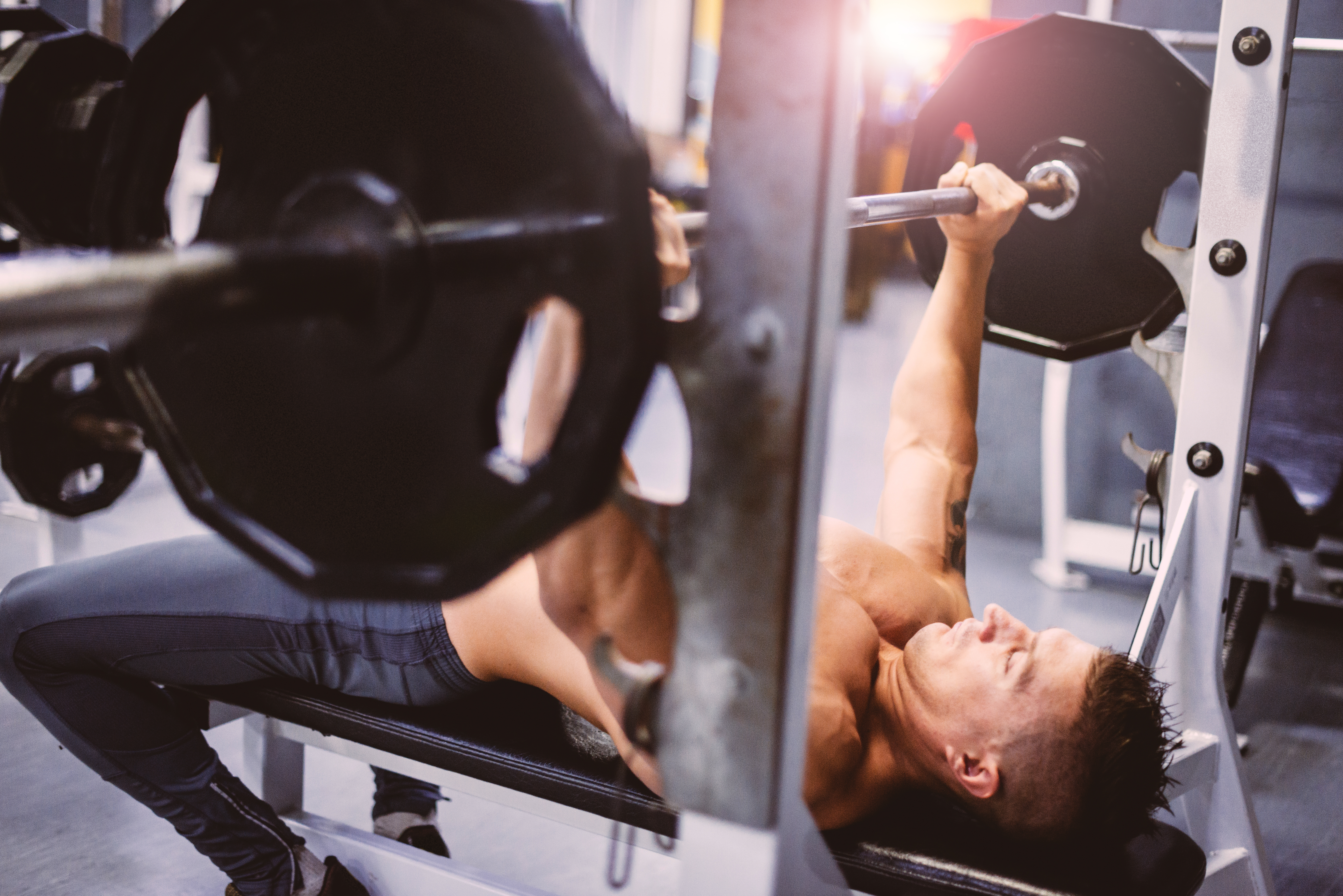How long should you rest between sets? It’s a question that commonly crops up in the fitness industry
Rest periods are essentially the time you spend recovering between sets. For some time, accepted wisdom has held that shorter rest periods are best for muscle growth.
The thinking behind this concept is that the metabolic stress caused by a shorter rest boosts muscle growth. Keeping your rest to a minimum places an extra stress on your body’s energy systems, and training under this level of fatigue has been thought to advance your muscle mass.
How long is a short rest?
A short rest period is generally considered to last between 30 and 60 seconds in length.
Despite the belief that reduced rests are better, new research published in the Asian Journal of Sports Medicine suggests not. This new data claims that a longer spell between sets may prove more beneficial – particularly for muscle growth.
Scientists involved in the study took a group of guys, all of whom were experienced gym goers. The gym goers were tasked with completing three different workouts – one with 30 second rest periods, another with 60 second rests and a third with 120 second intervals between sets.
Each workout consisted of six exercises:
- Bench press
- Seated row
- Shoulder press
- Back squat
- Leg press
- Seated calf raise
[4 sets of 10 on each]
What did the science say?
Resting for two whole minutes was found to be a more effective muscle-building method than using shorter rests. The longer an interval between sets, the greater load lifted on the exercise.
Your muscle mass increases as a result of volume – so if you can lift a heavier weight for the same duration as you would a lighter load, then that is always going to produce greater gains.
For fat loss, shorter intervals may work better in circuit and HIIT training form. As we’ve previously discussed, when it comes to weight training, lifting heavy is arguably better than lifting light.
Greek researchers compared lifting heavy to lifting light. To do this, they split people into two groups.
One group trained at 80-85% of their one rep max (heavy), and the other group lifted with 45-65% of their one rep max (light).
Although the heavy group could not hit as many reps as the light group, their metabolic rate was much higher.










































